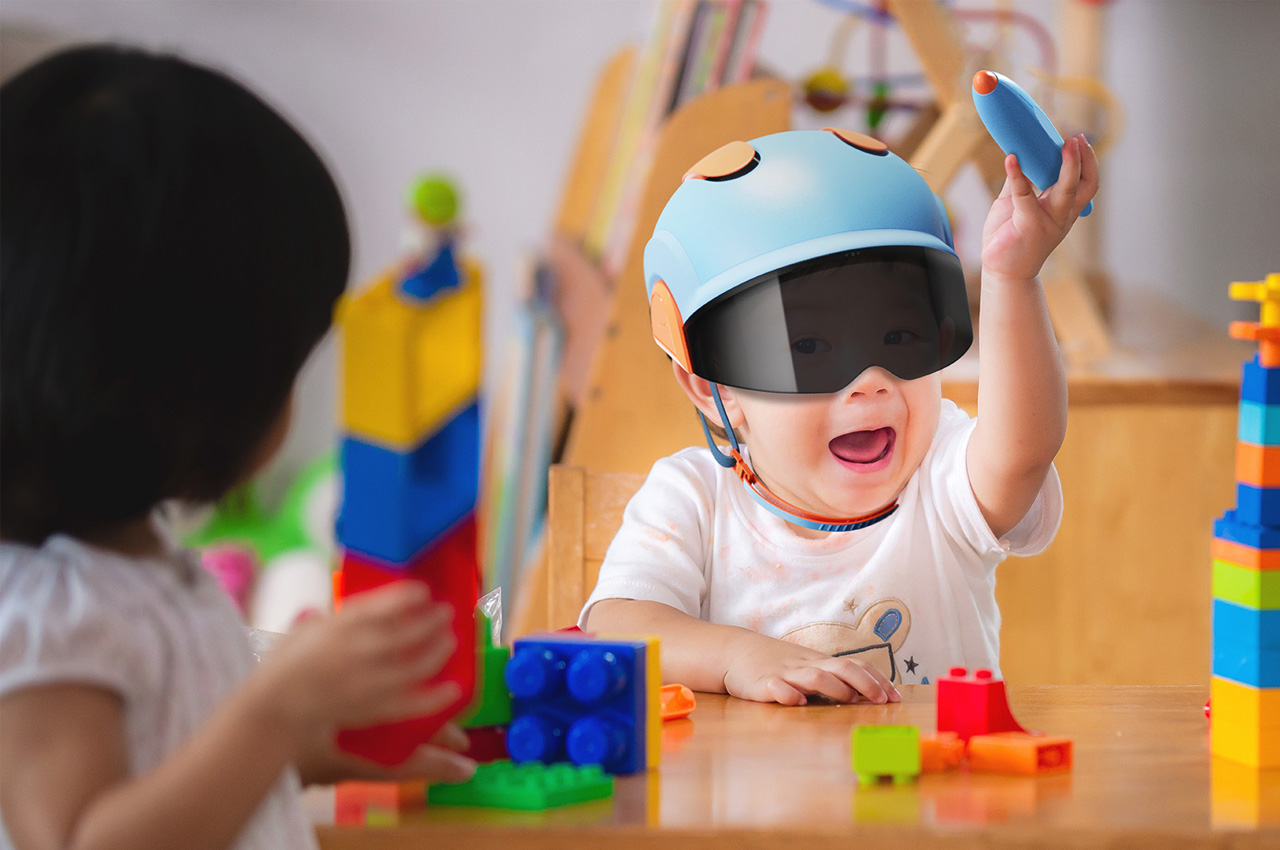
Honing the creative bend of kids in their early life is important, and their best tool is drawing. That, however, comes with a menacing aftermath for the parents who have to ensure the kids don’t etch the walls of the living room or bedroom with a permanent marker or a hard-to-wipe-off crayon.
To create a good balance between the incremental increase in kids’ creative levels over time without having a messy home, virtual and augmented reality are the best solution. That’s what this AR Helmet concept is all about.
Designer: Designer Dot

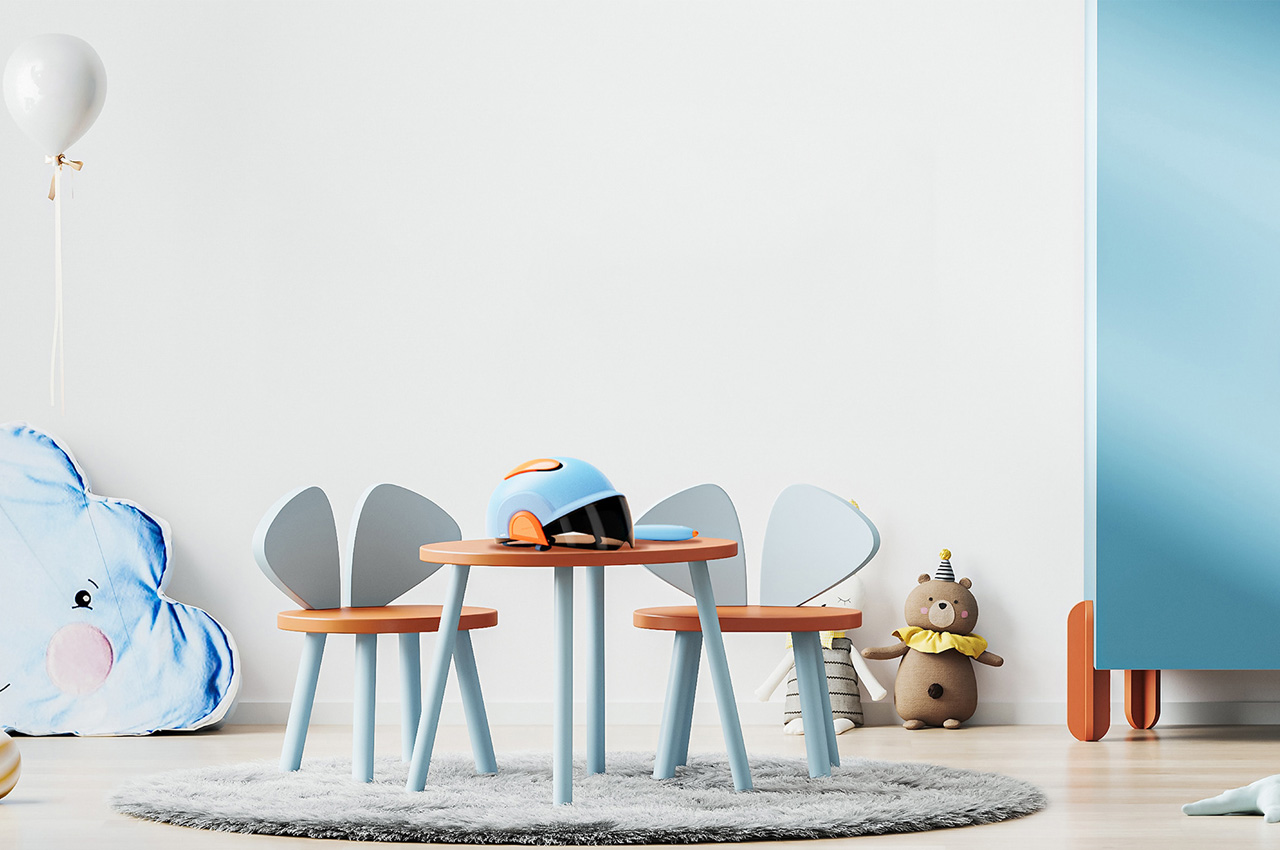
With Metaverse applications gaining traction all this while, a product like this one is imminent. It lets children go wild with their scribbling skills without parents having to worry about messed-up walls, tables, or anything else the little ones perceive as the perfect canvas. The combination of the AR helmet having a smart wiser screen to display the augmented interface and the pen controller to let the imagination loose makes this concept highly feasible. Moreover, the unique element of the gadget will appeal to children as well who are becoming tech-savvy by the day.
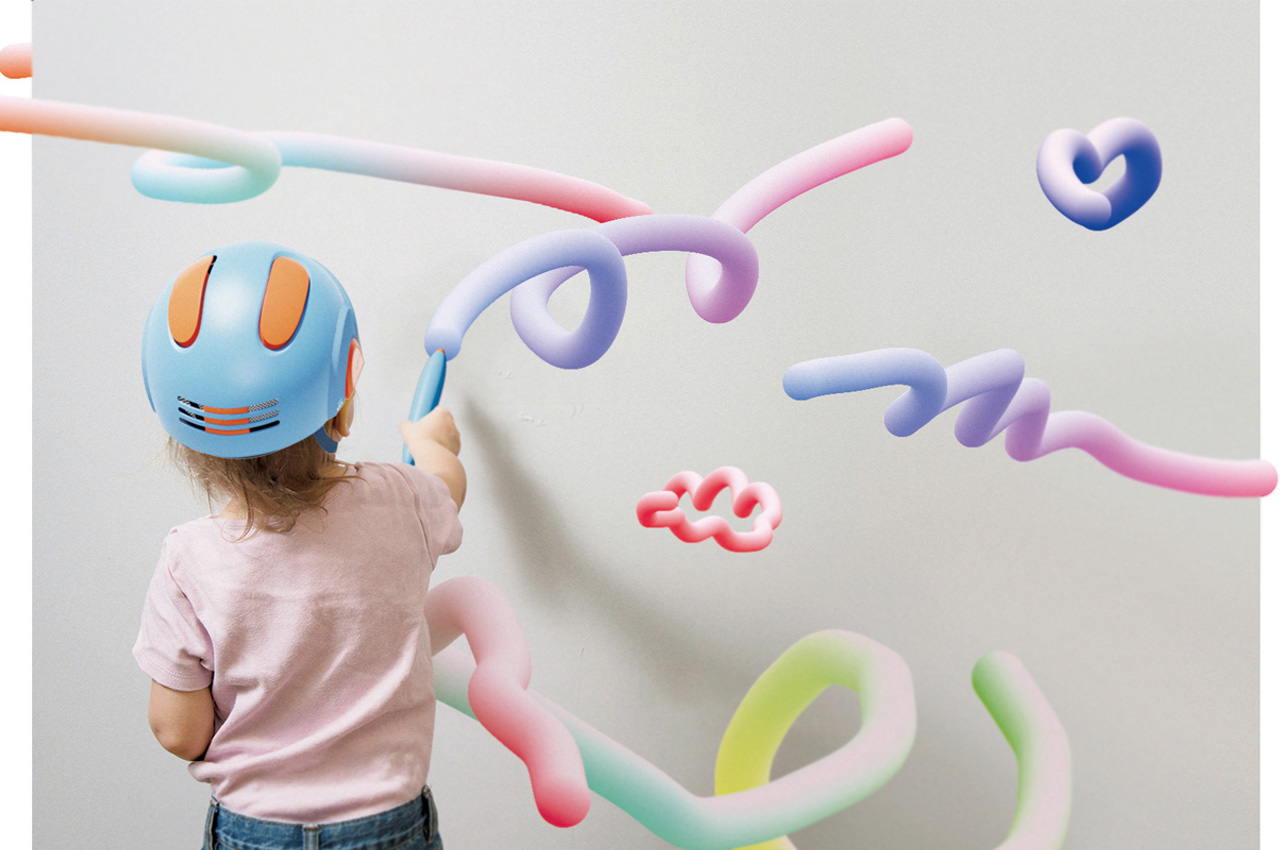
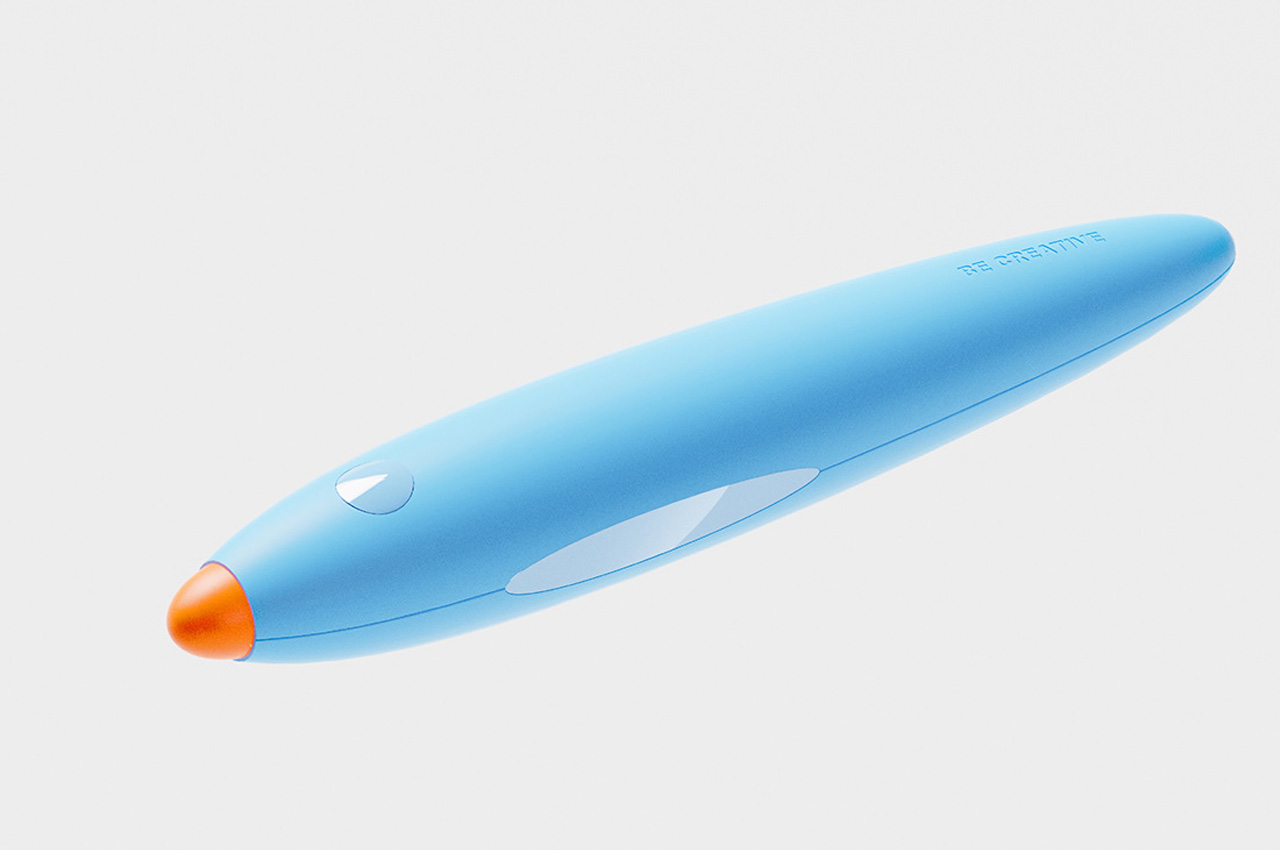
Both the helmet and the pen controller are lightweight for obvious reasons. The AR elements on the helmet wiser screen guide the kids to draw meaningful shapes by inducing learning. The easy-to-use UI comes with interesting tools to increase productive engagement. Things such as in-built example drawings and the ability to sketch with friends or play educational AR games. The pen controller with one button control is equally easy to use.
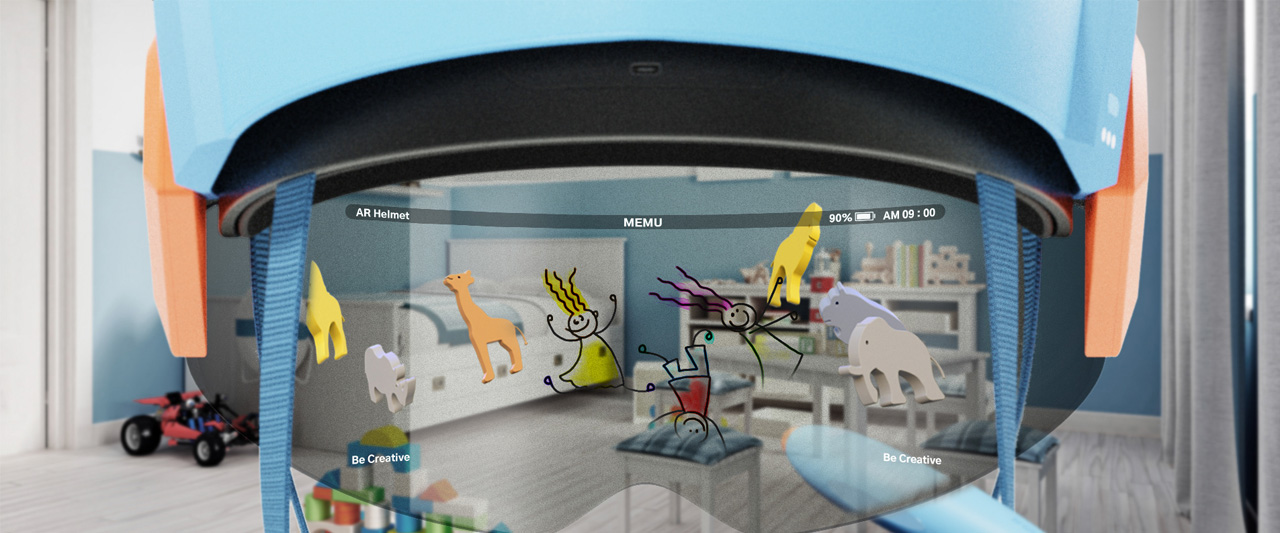
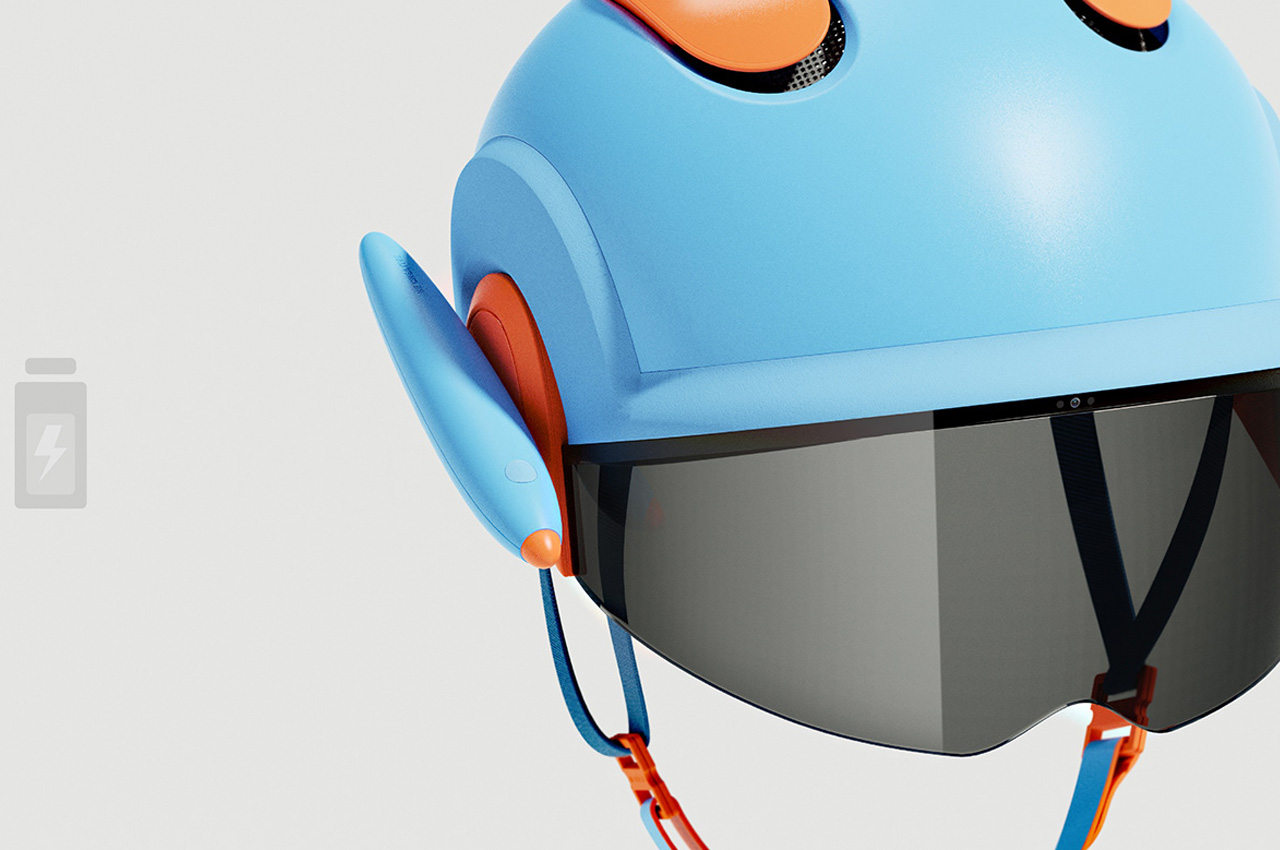
The ergonomic comfort of the helmet is paramount so it comes with vents on the front and back to keep active airflow while used for long hours. The chin strap is magnetic for easy clasp action and easily adjustable depending on the head size. AR helmet is charged via a USB cable, and the pen controller attaches to the right side of the helmet for recharging.
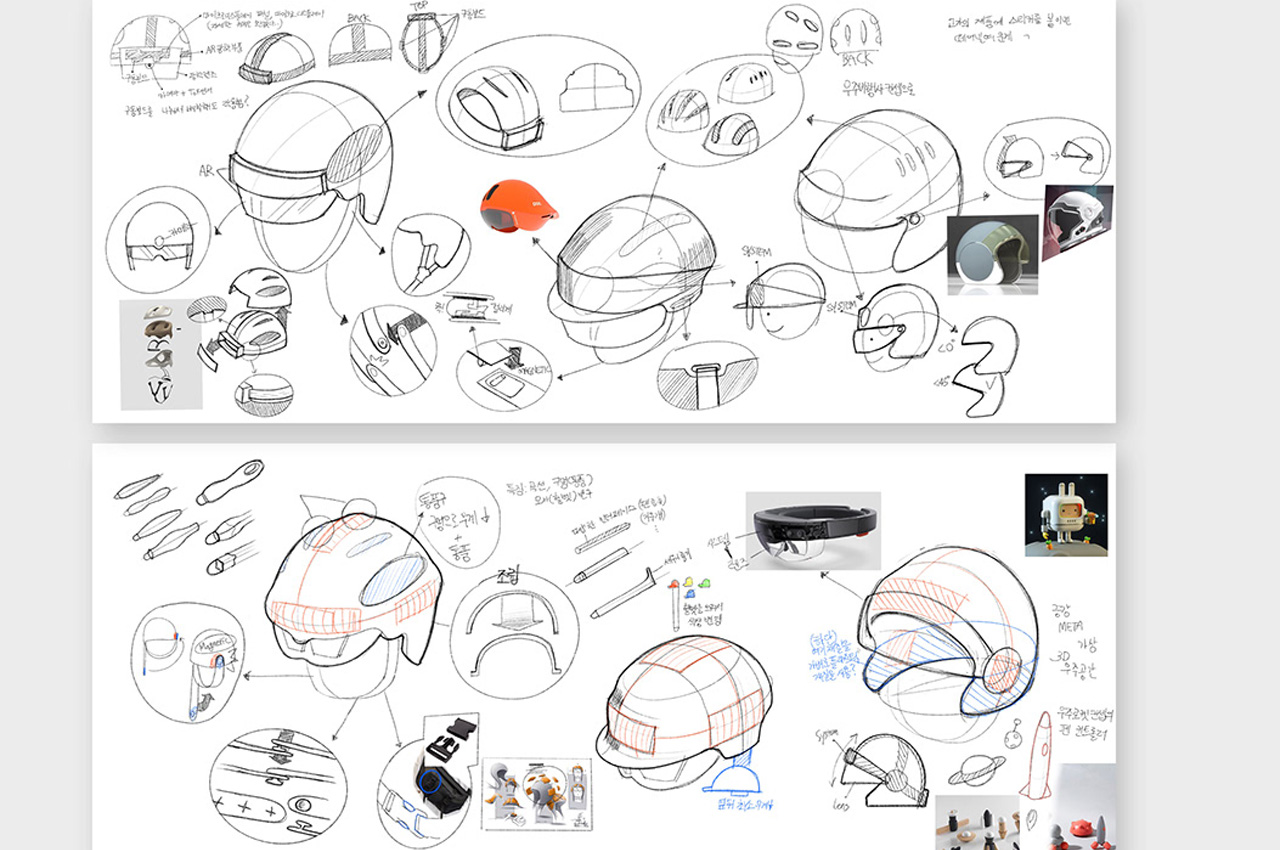
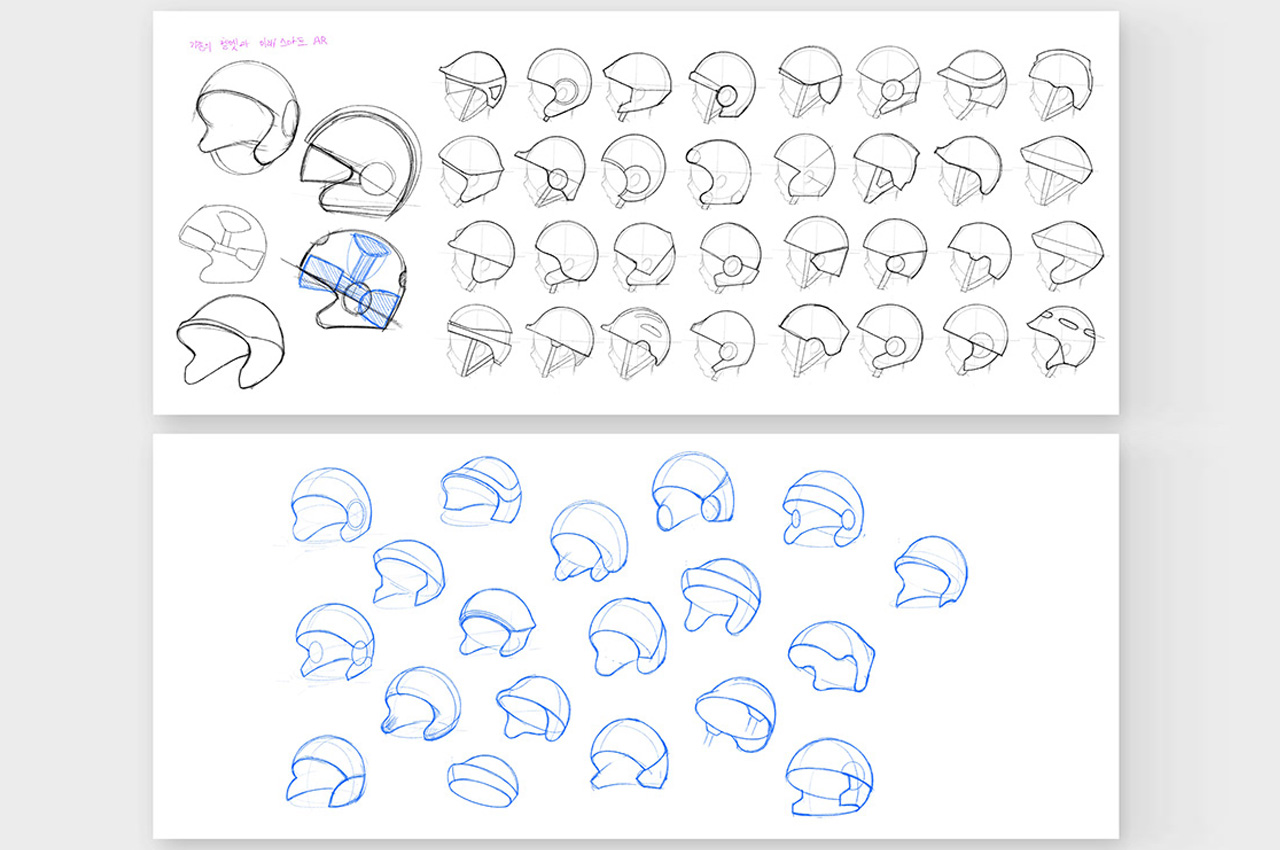
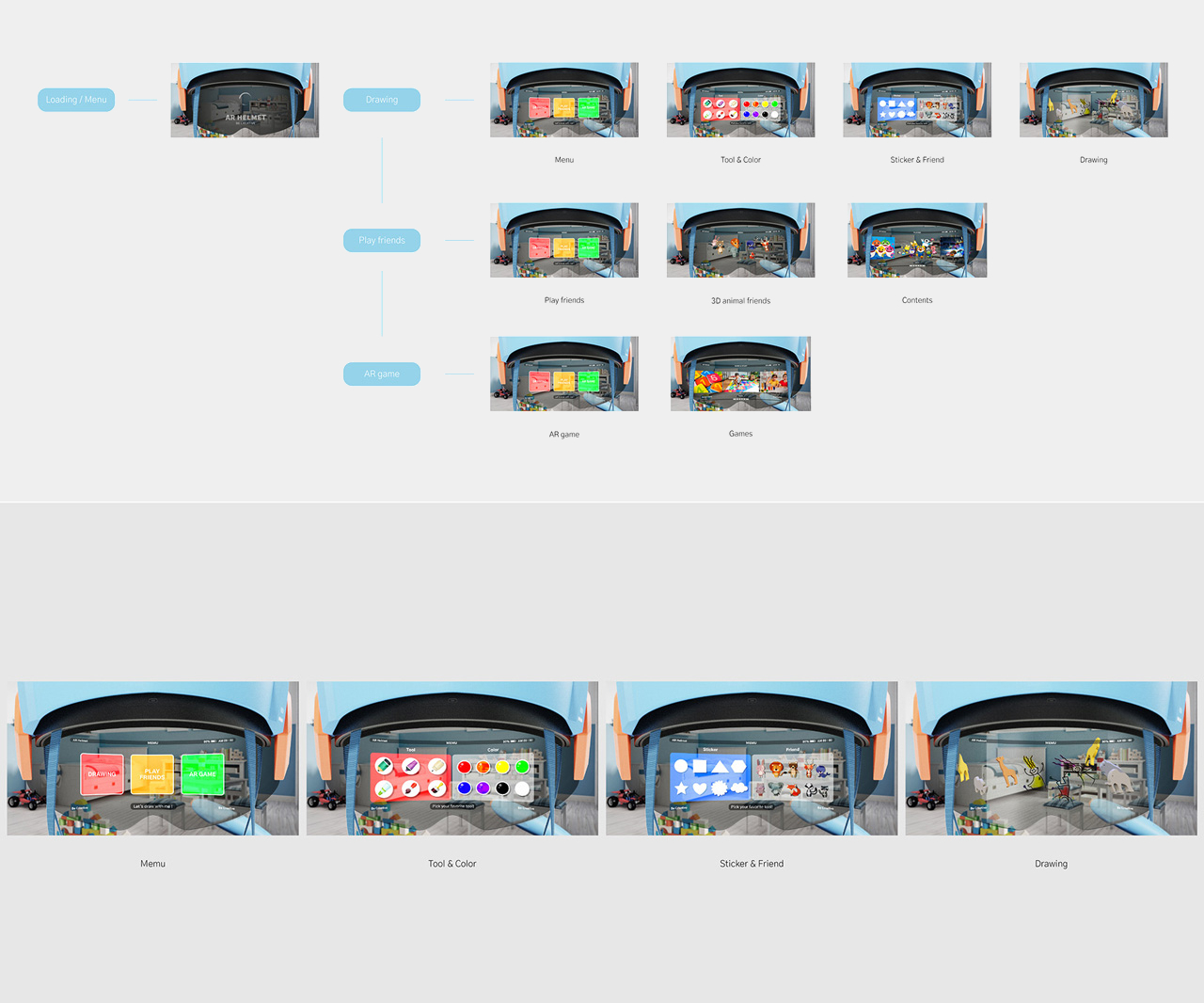
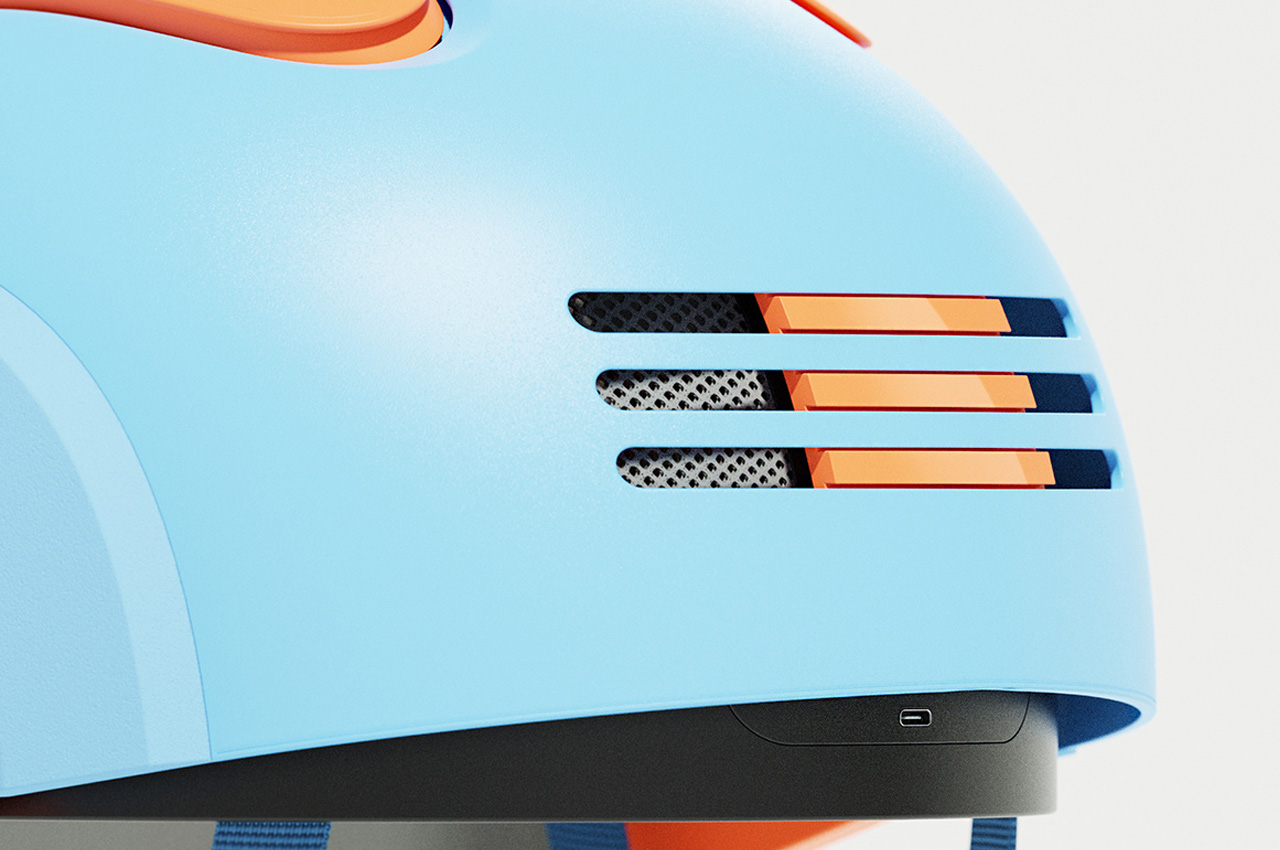
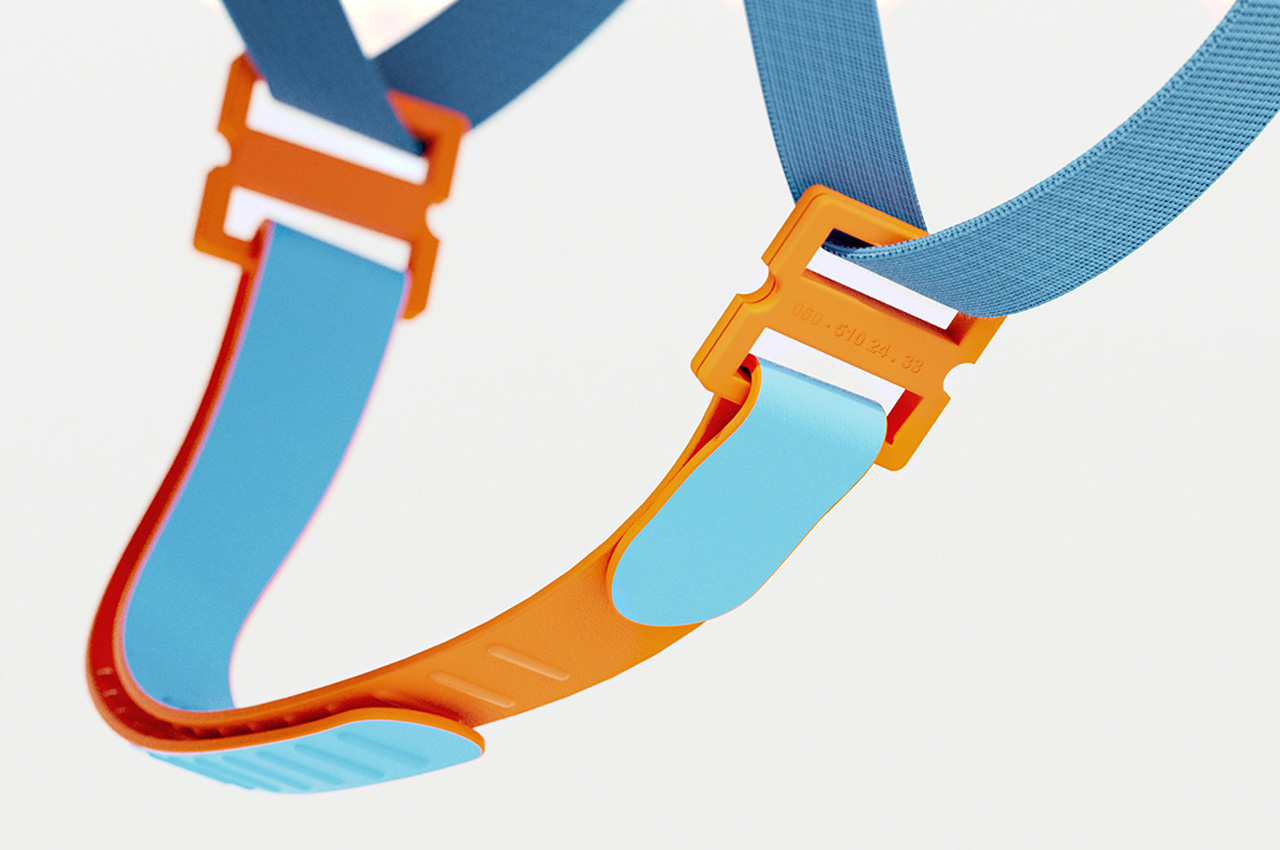
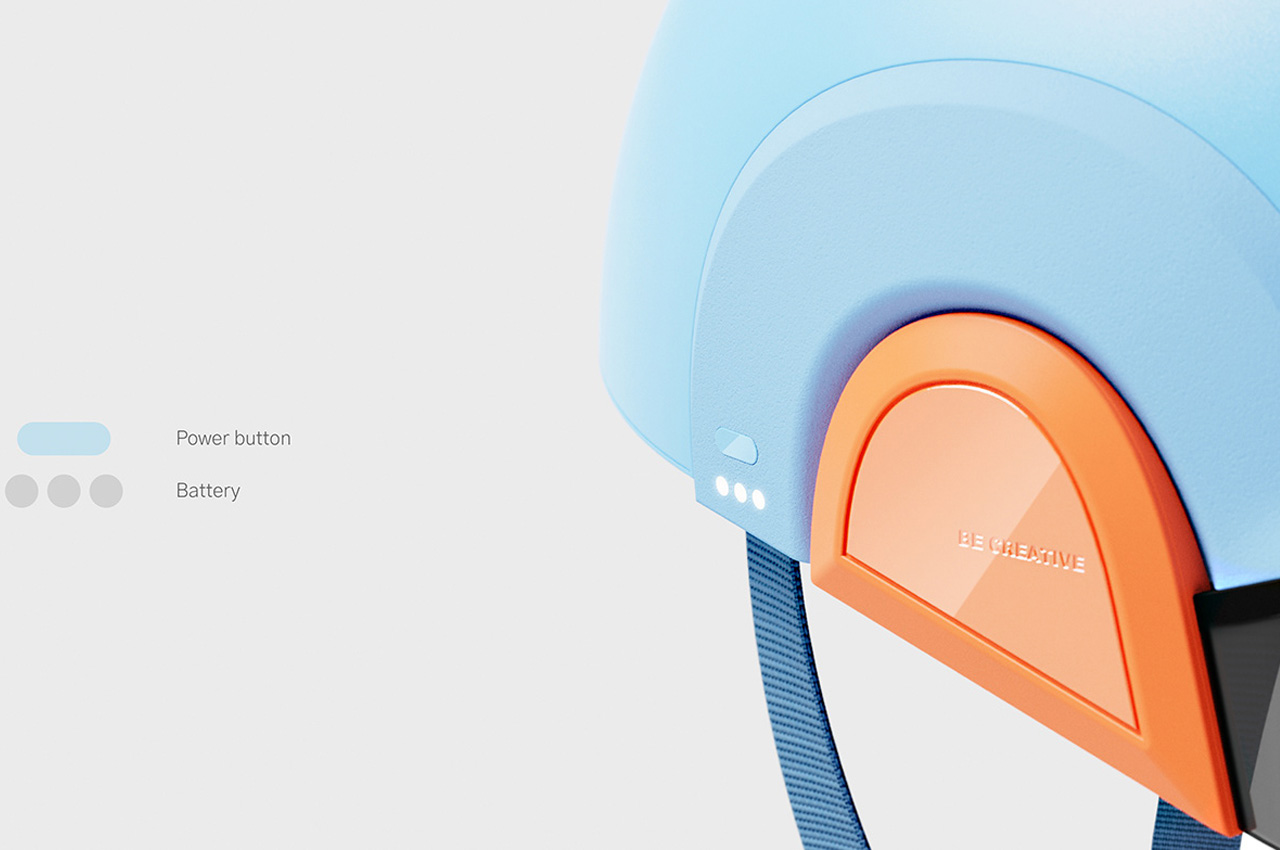
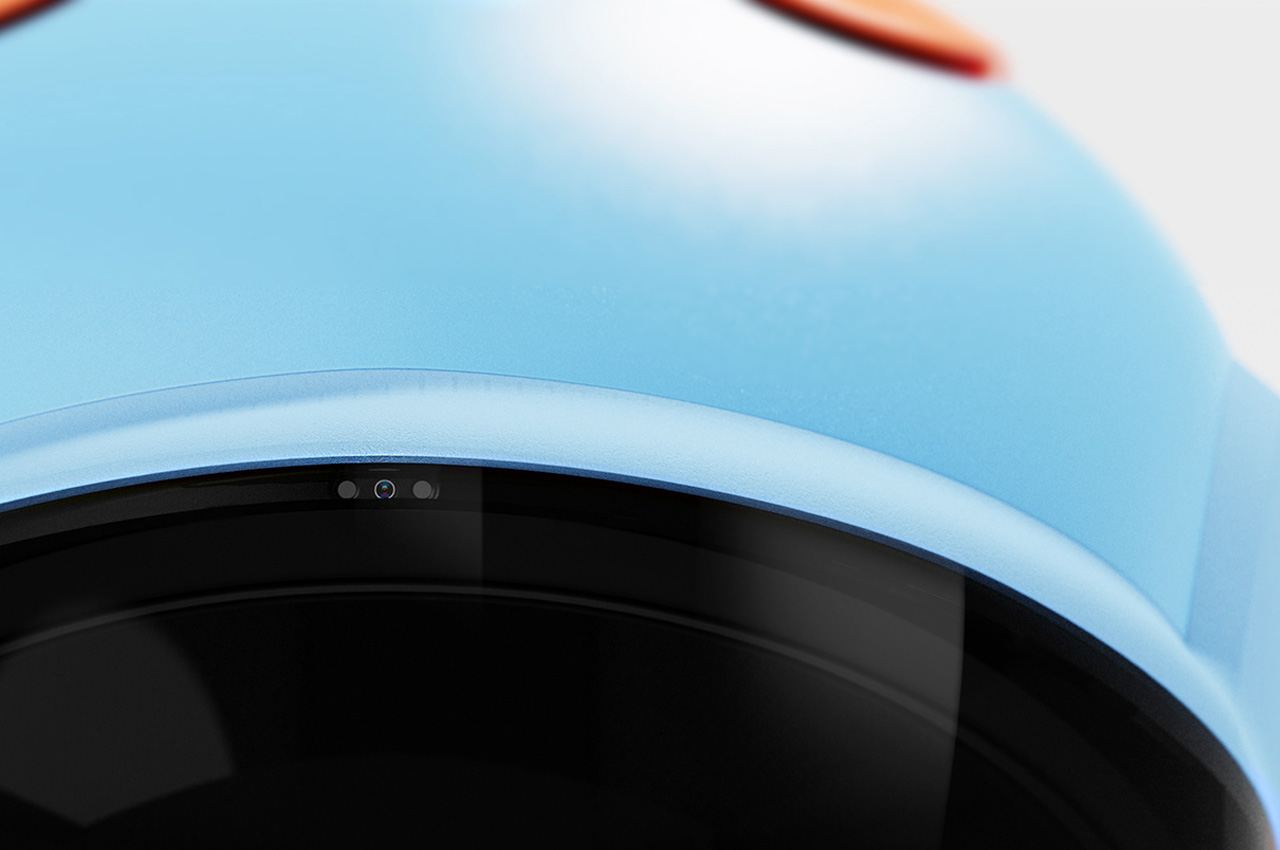
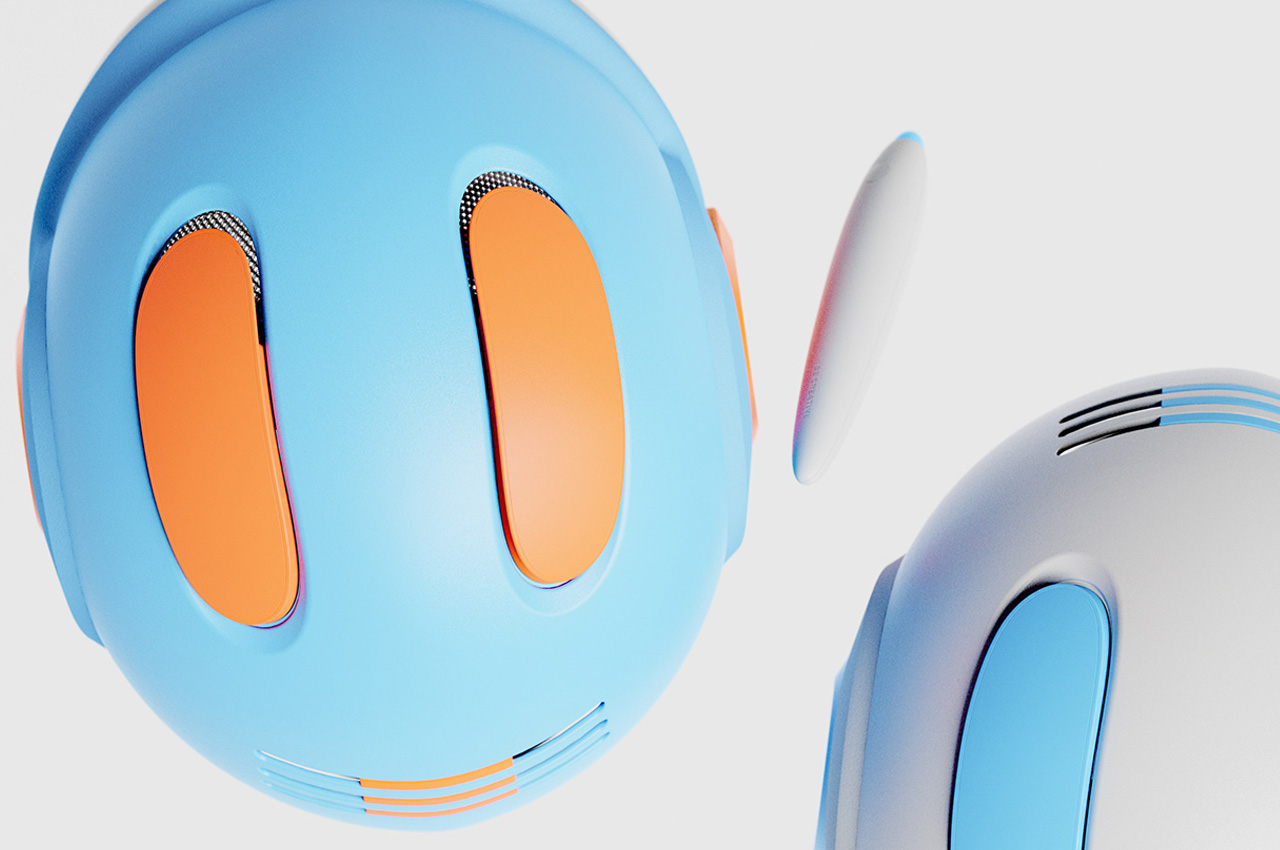

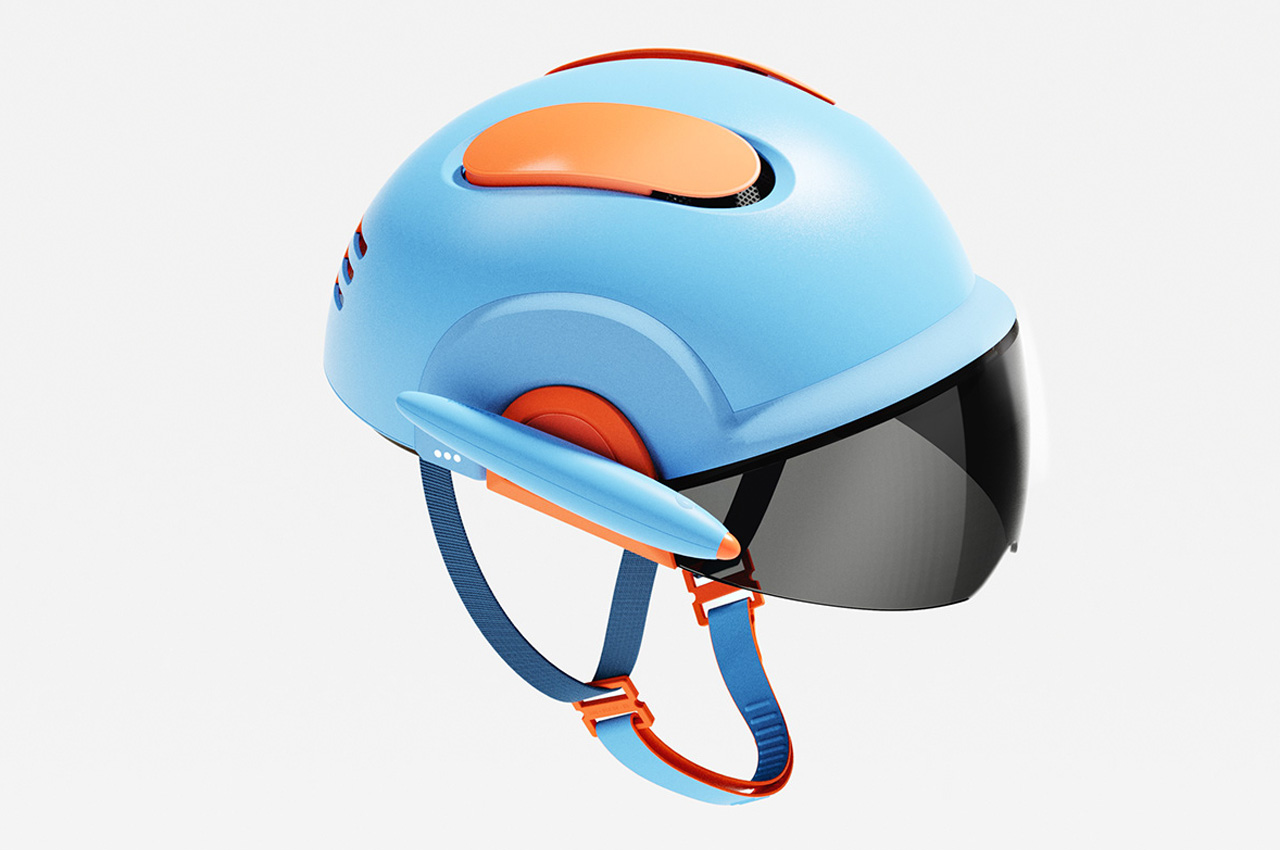
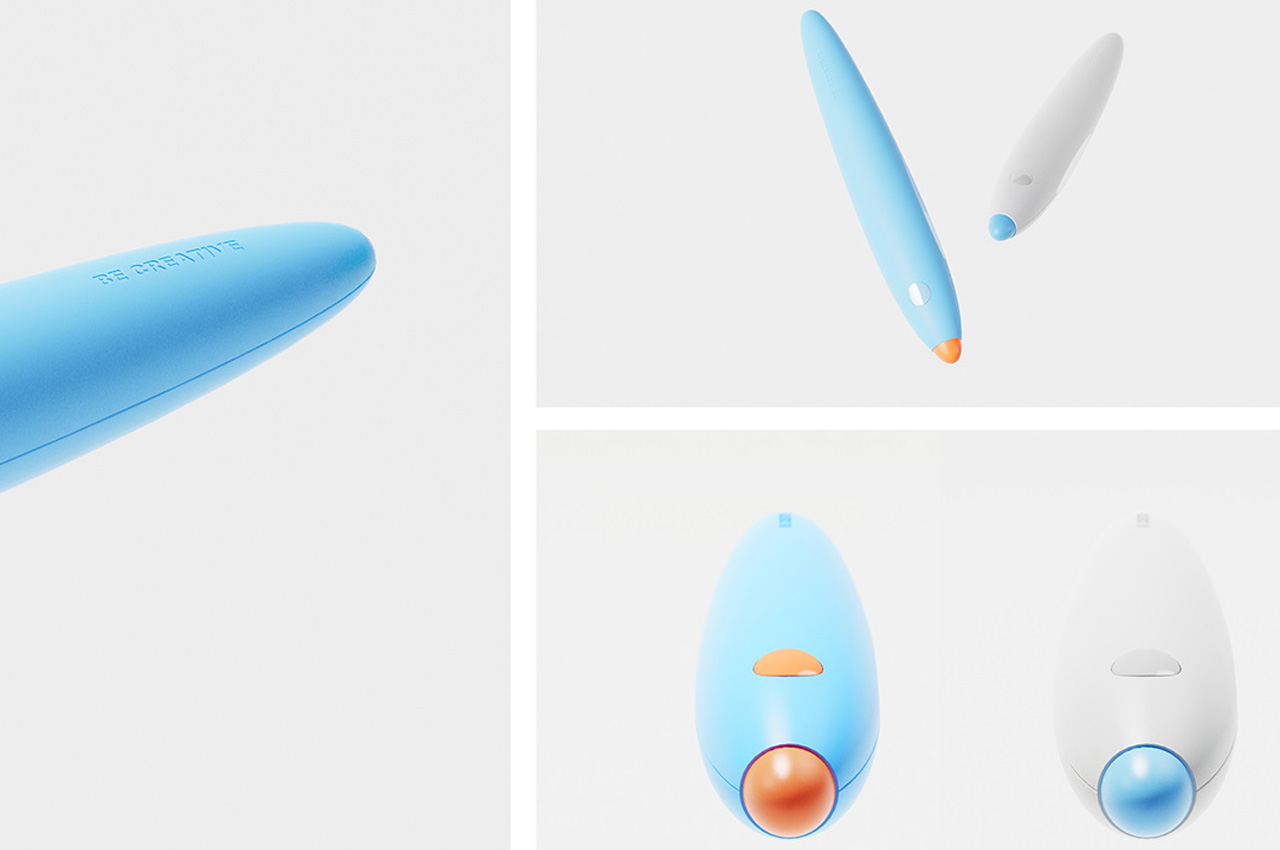
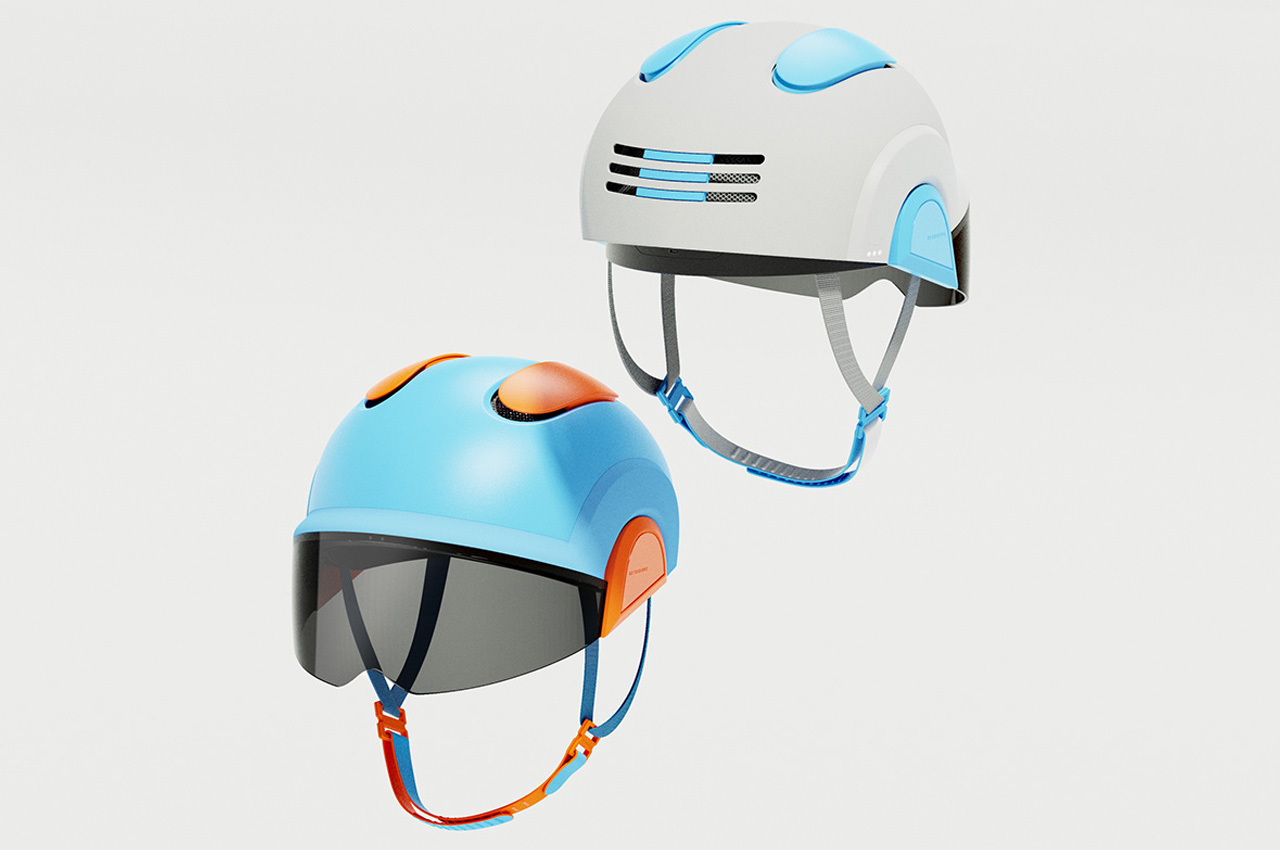
The post This AR helmet for kids hones creativity by scribbling and drawing in 3D space without any limitations first appeared on Yanko Design.
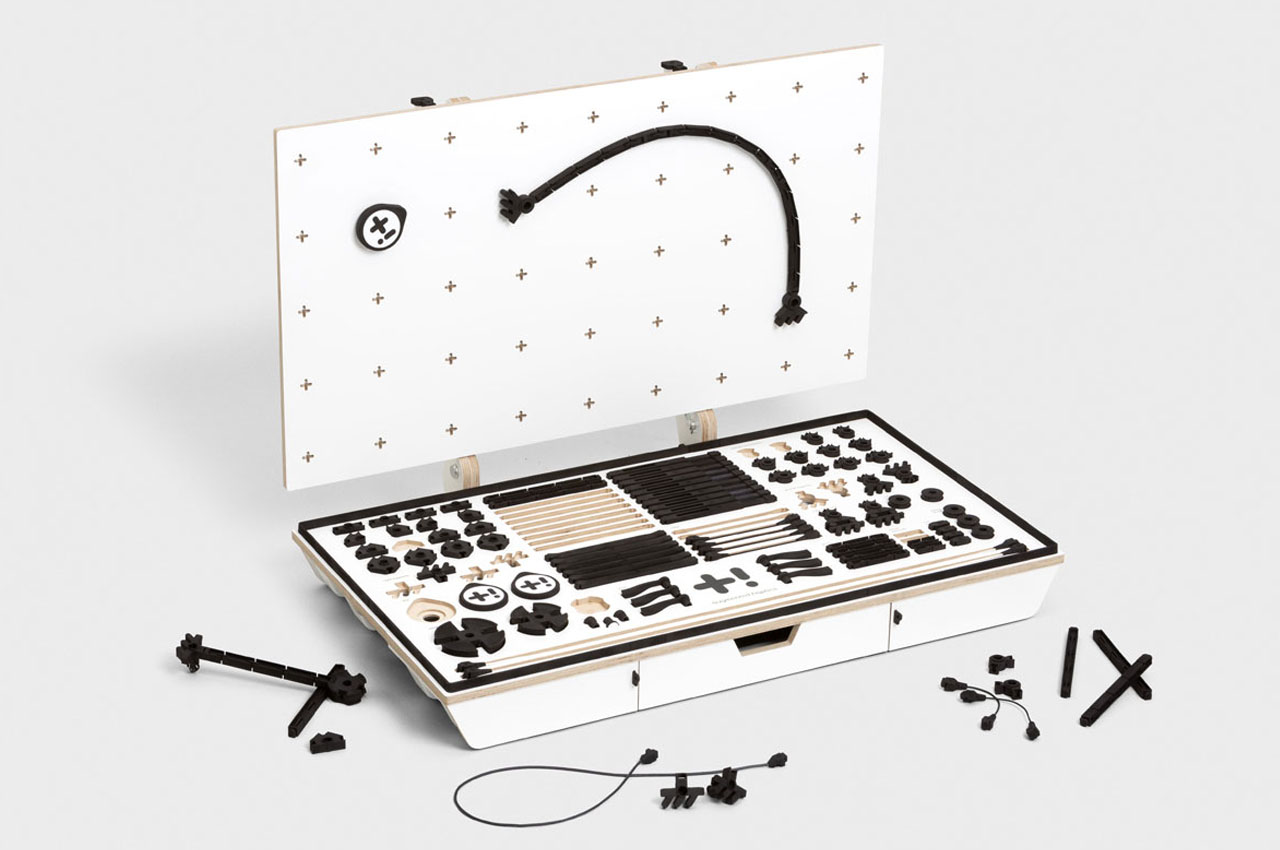
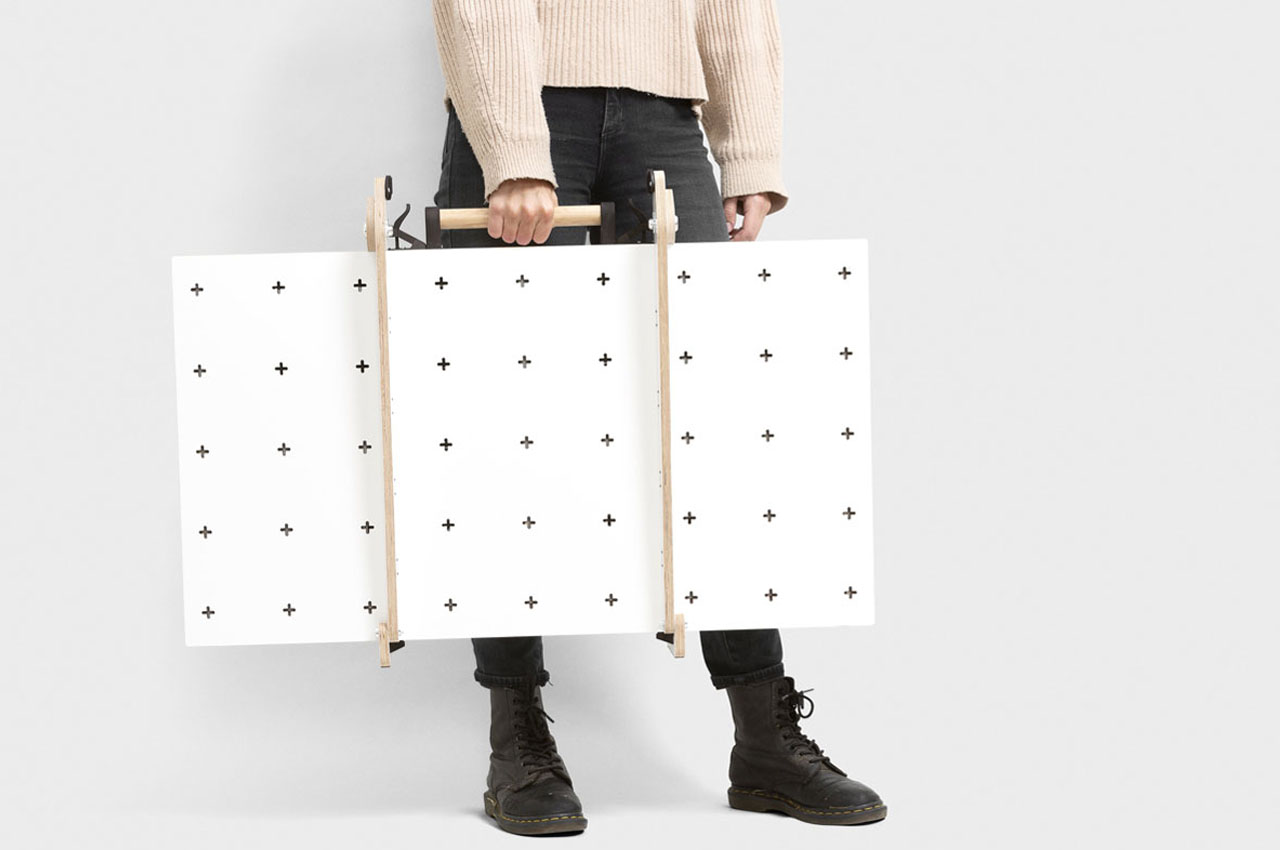
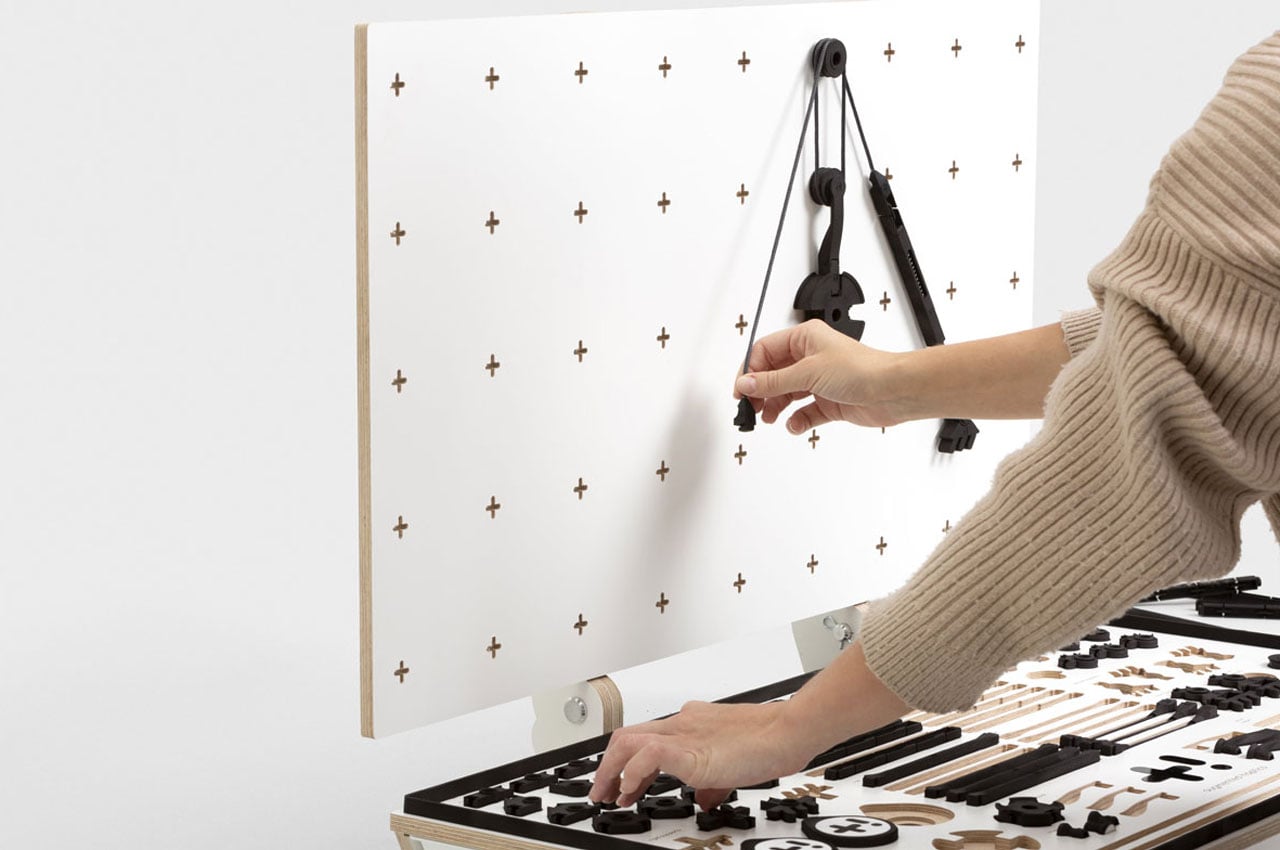
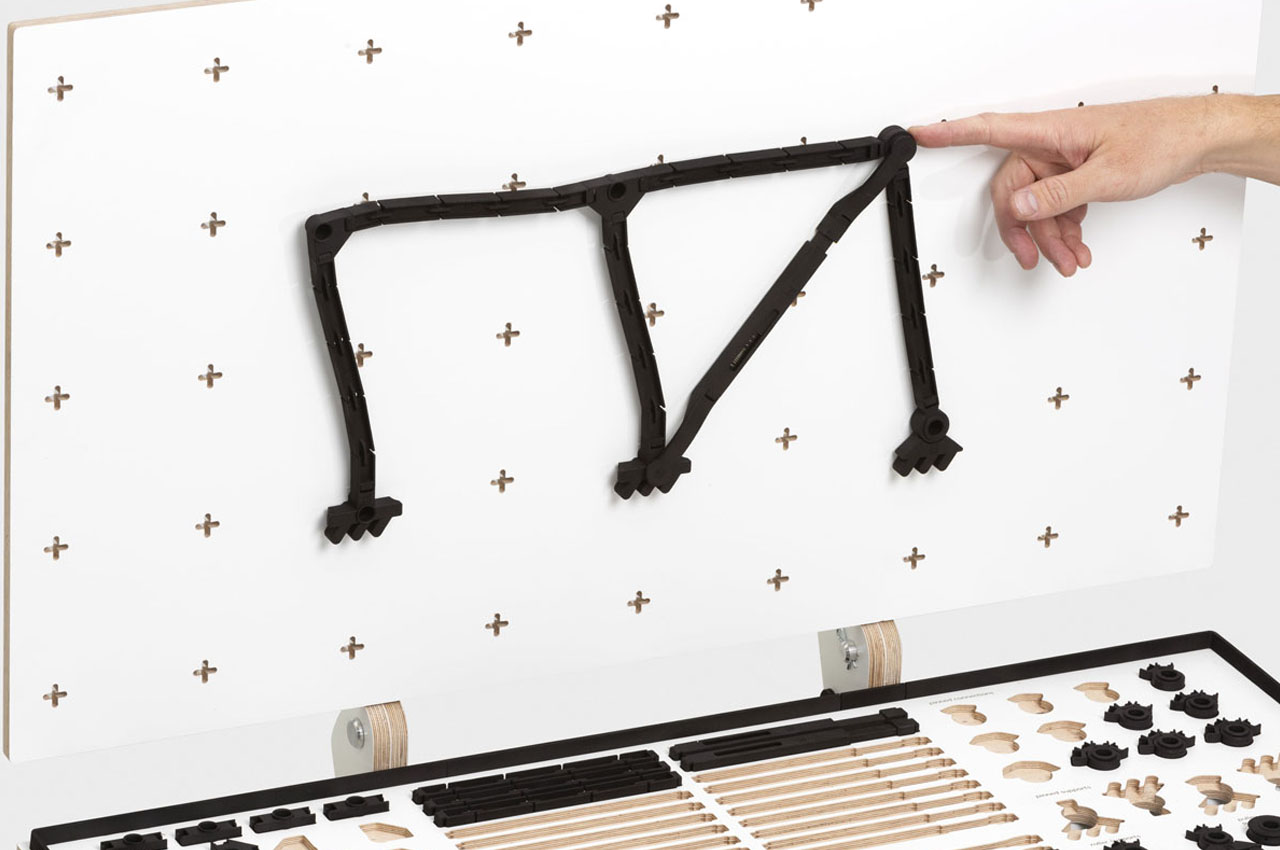
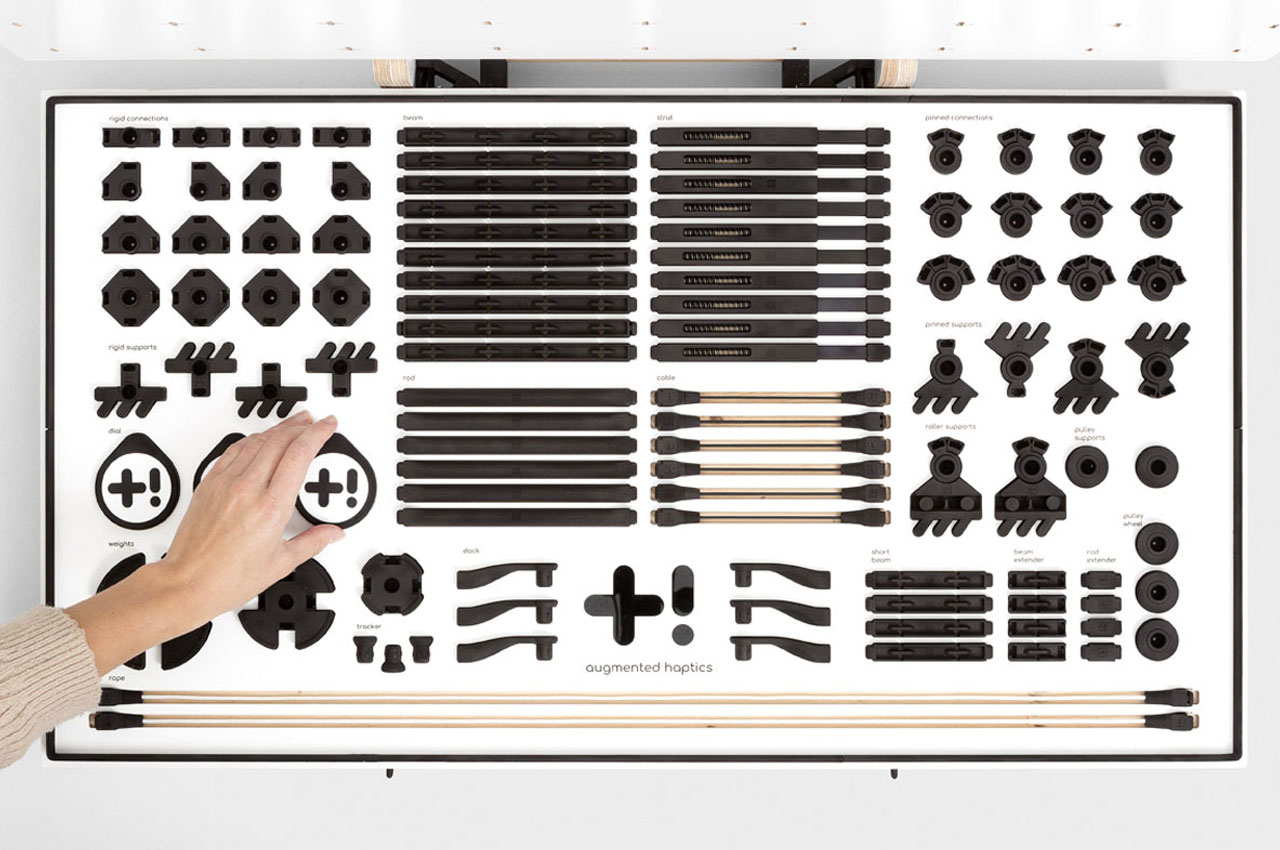
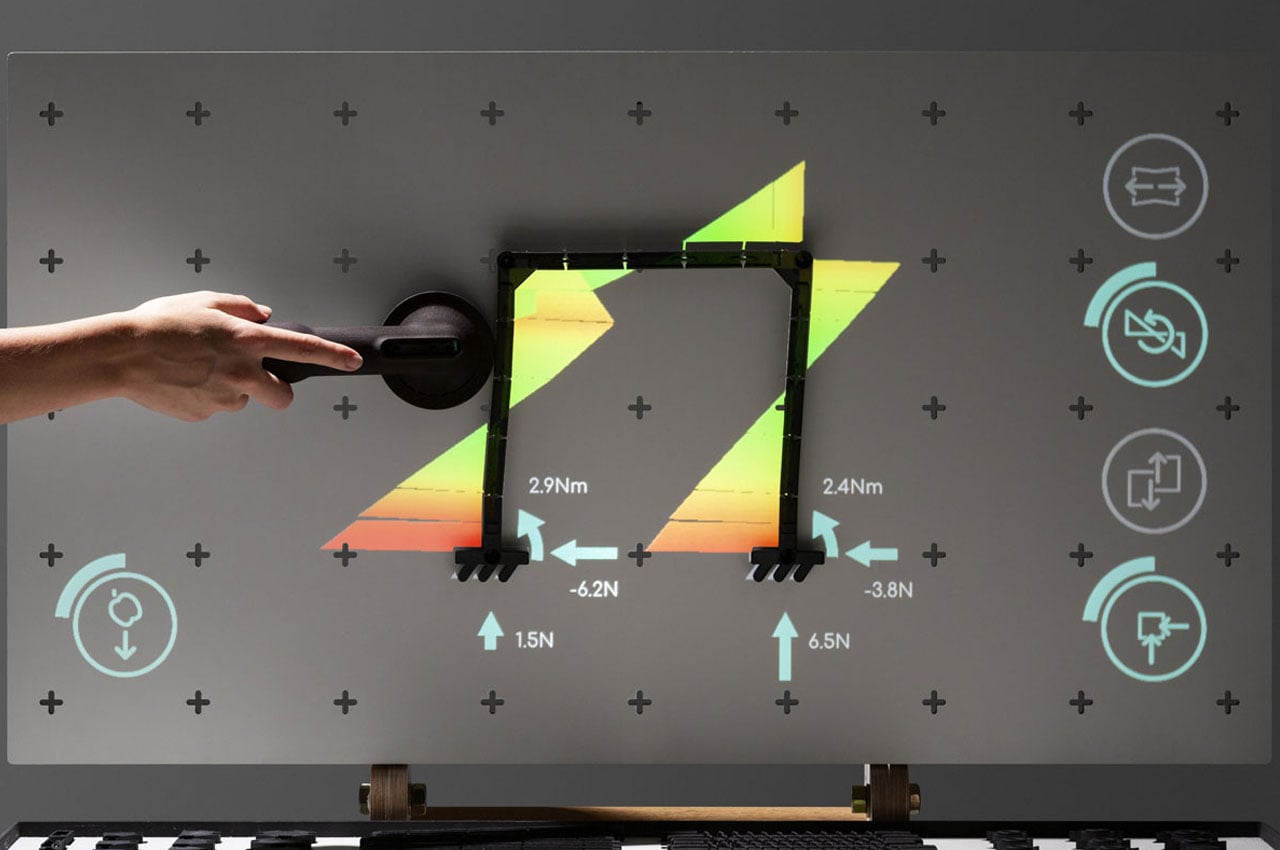
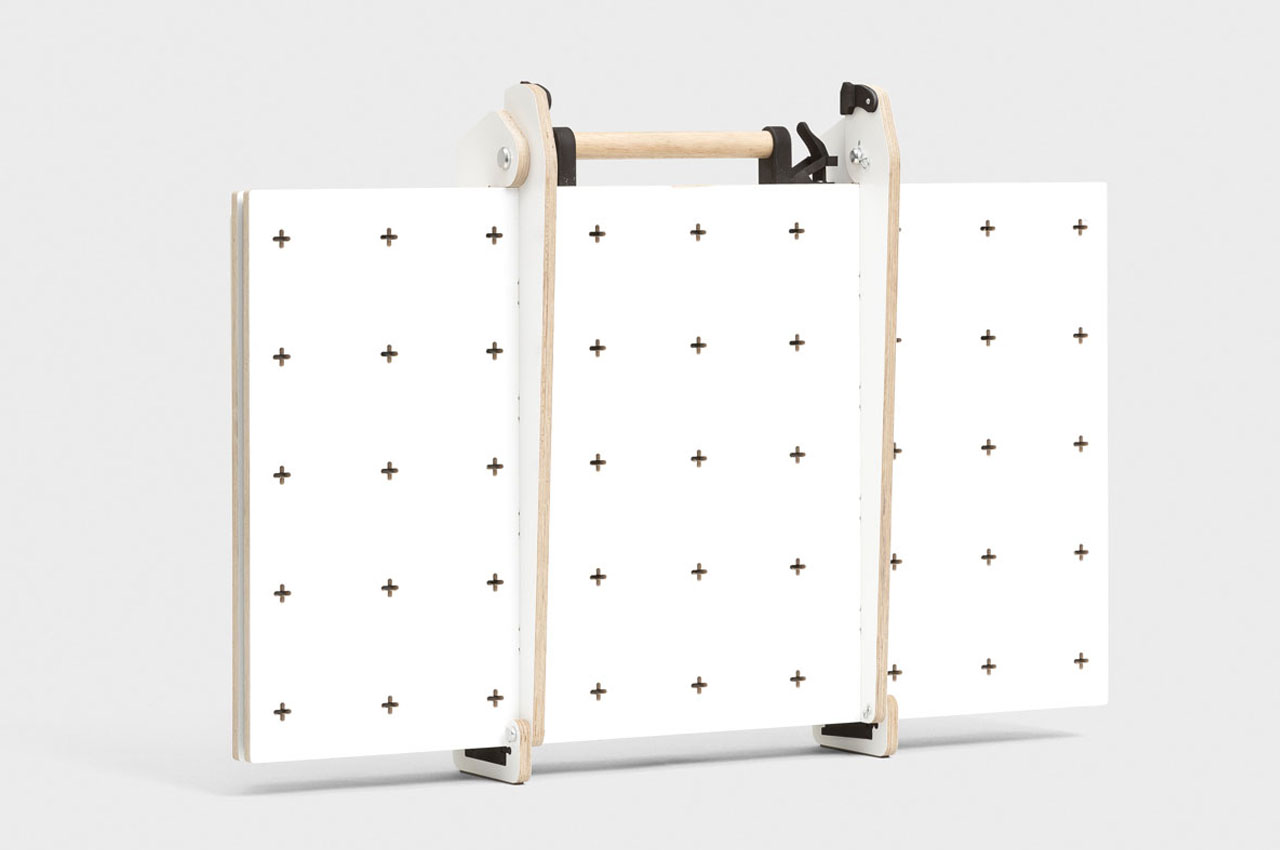
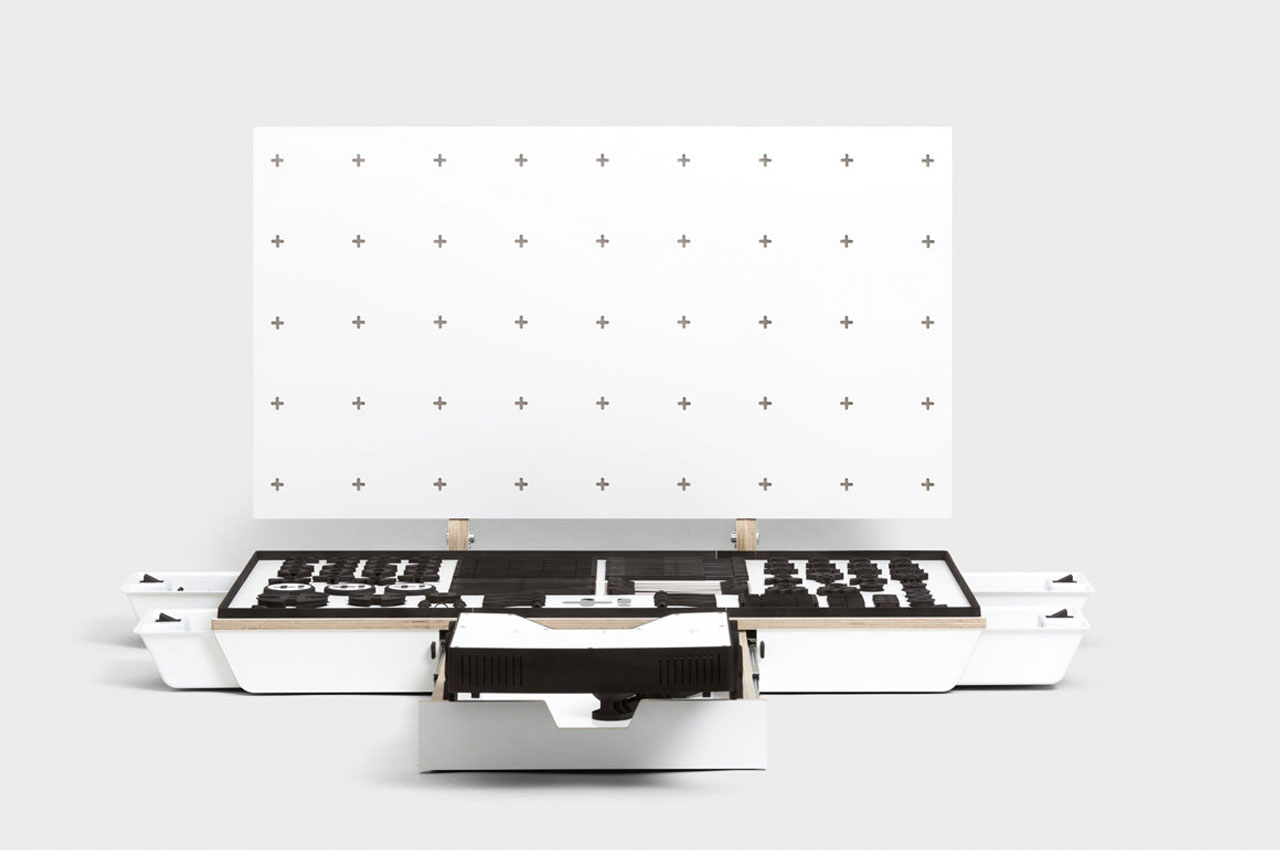
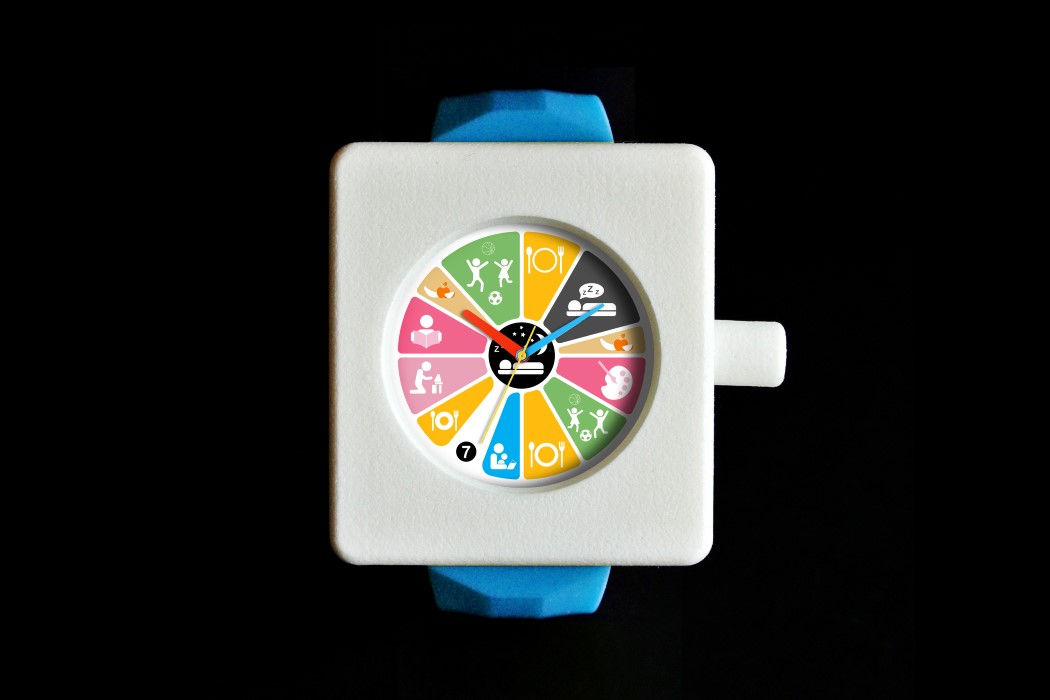
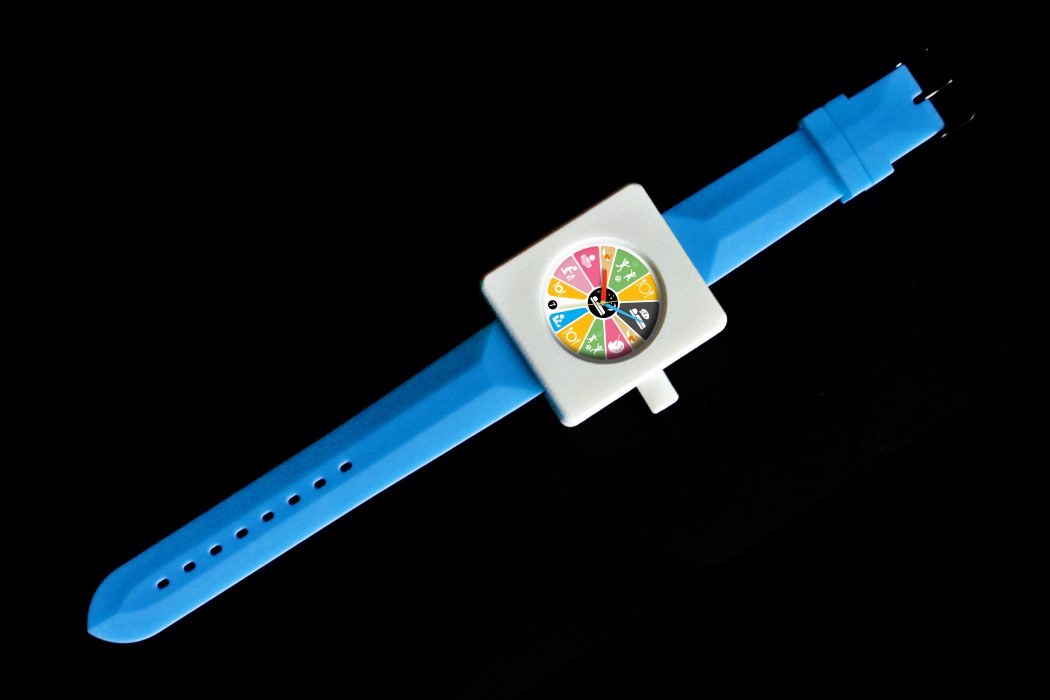
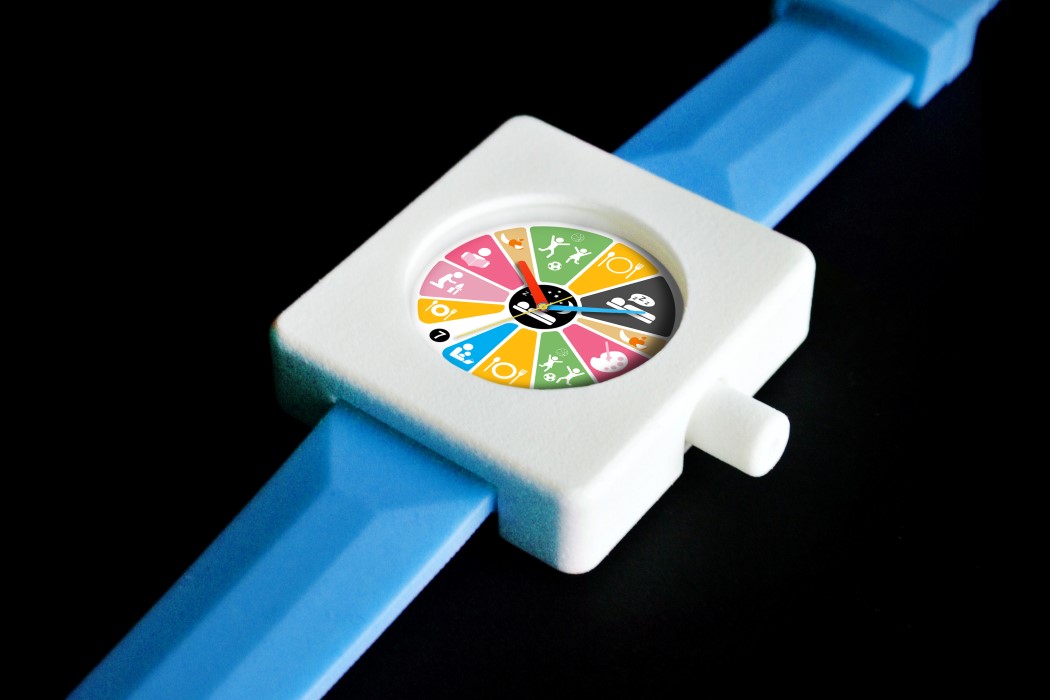
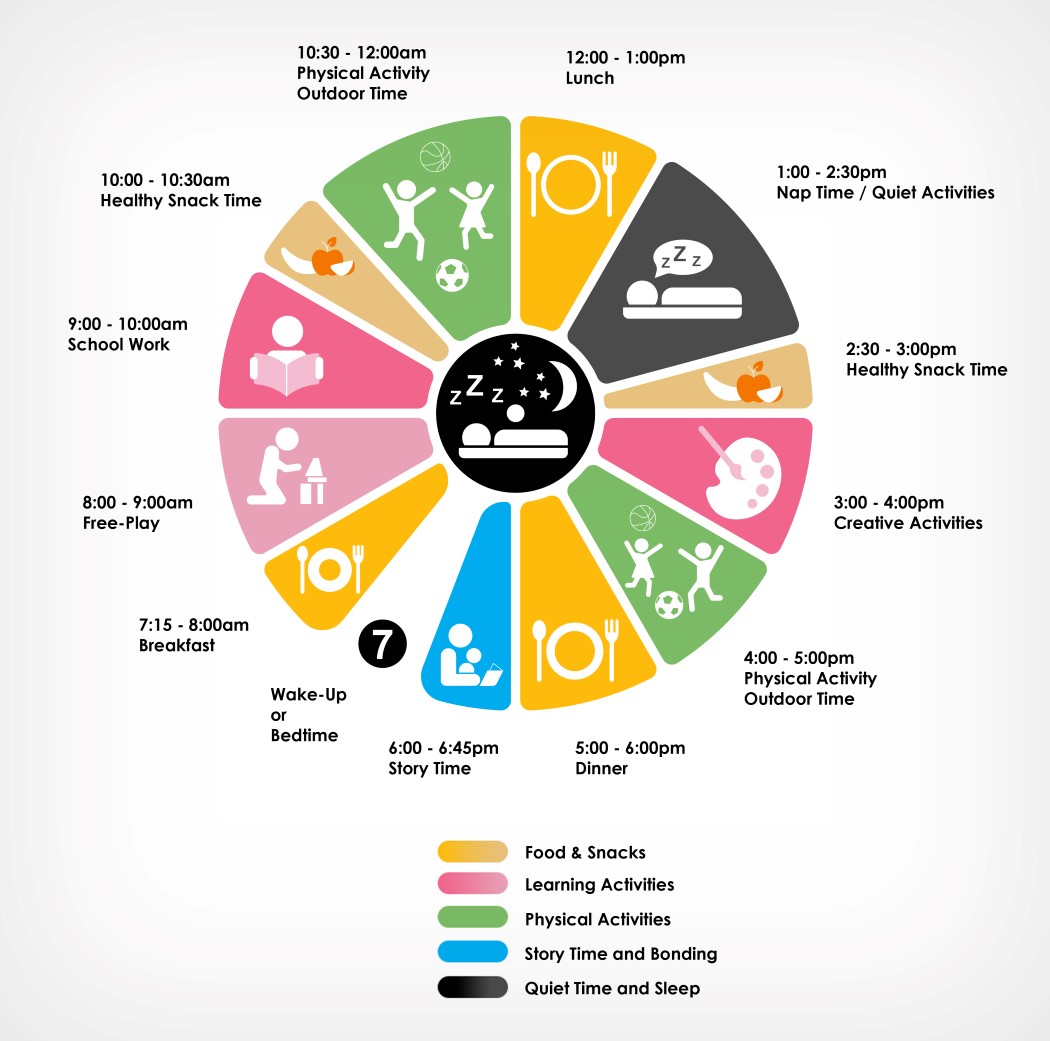
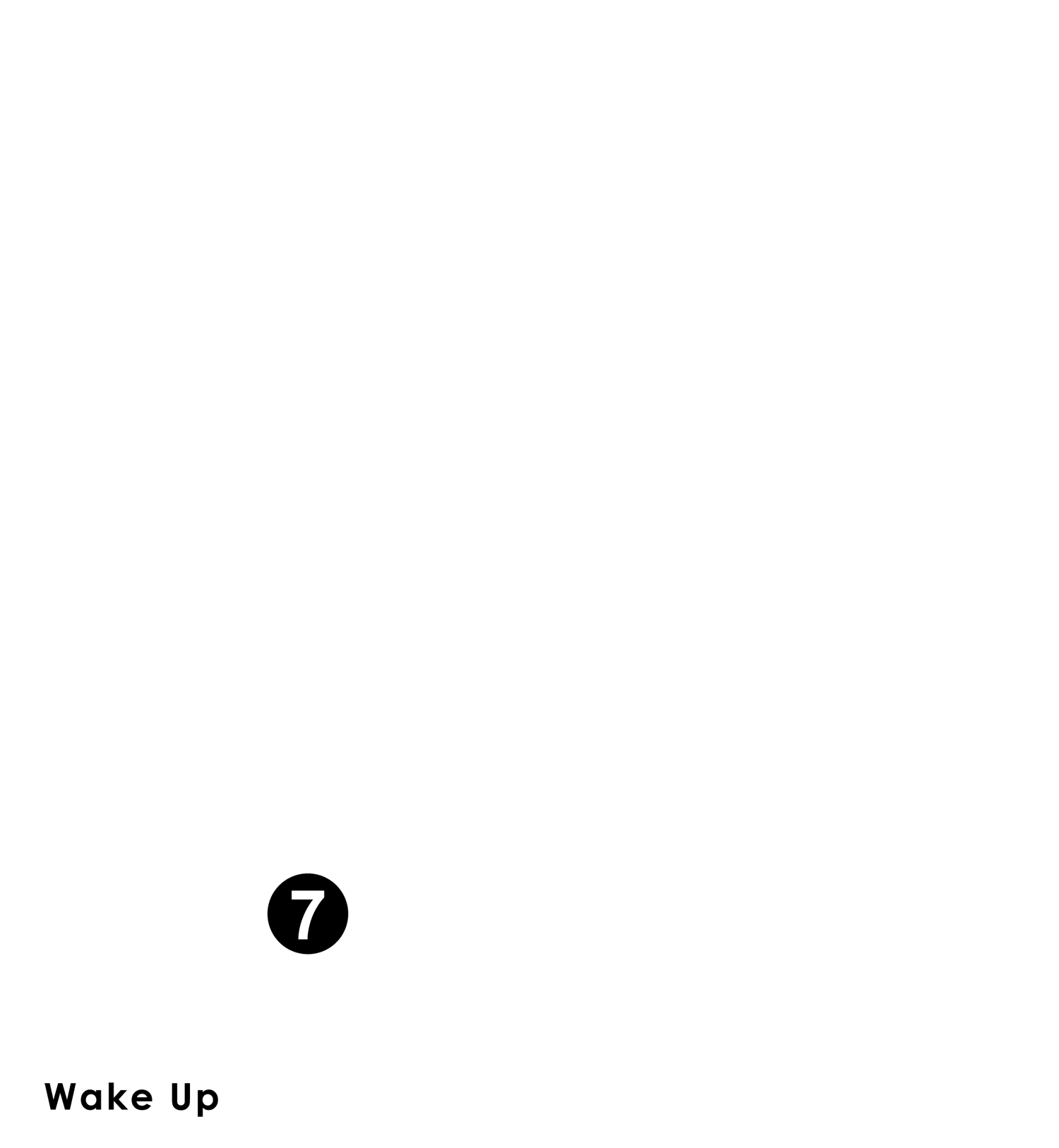


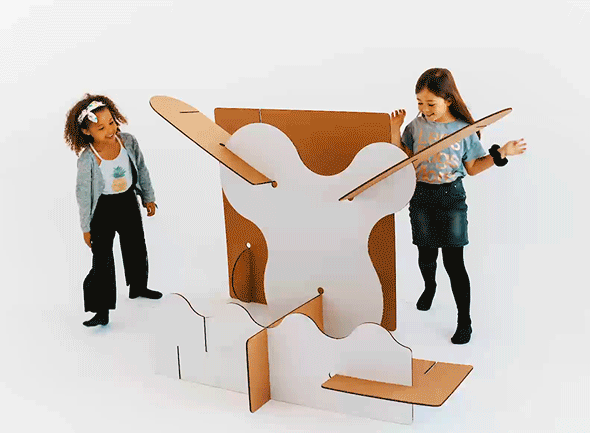













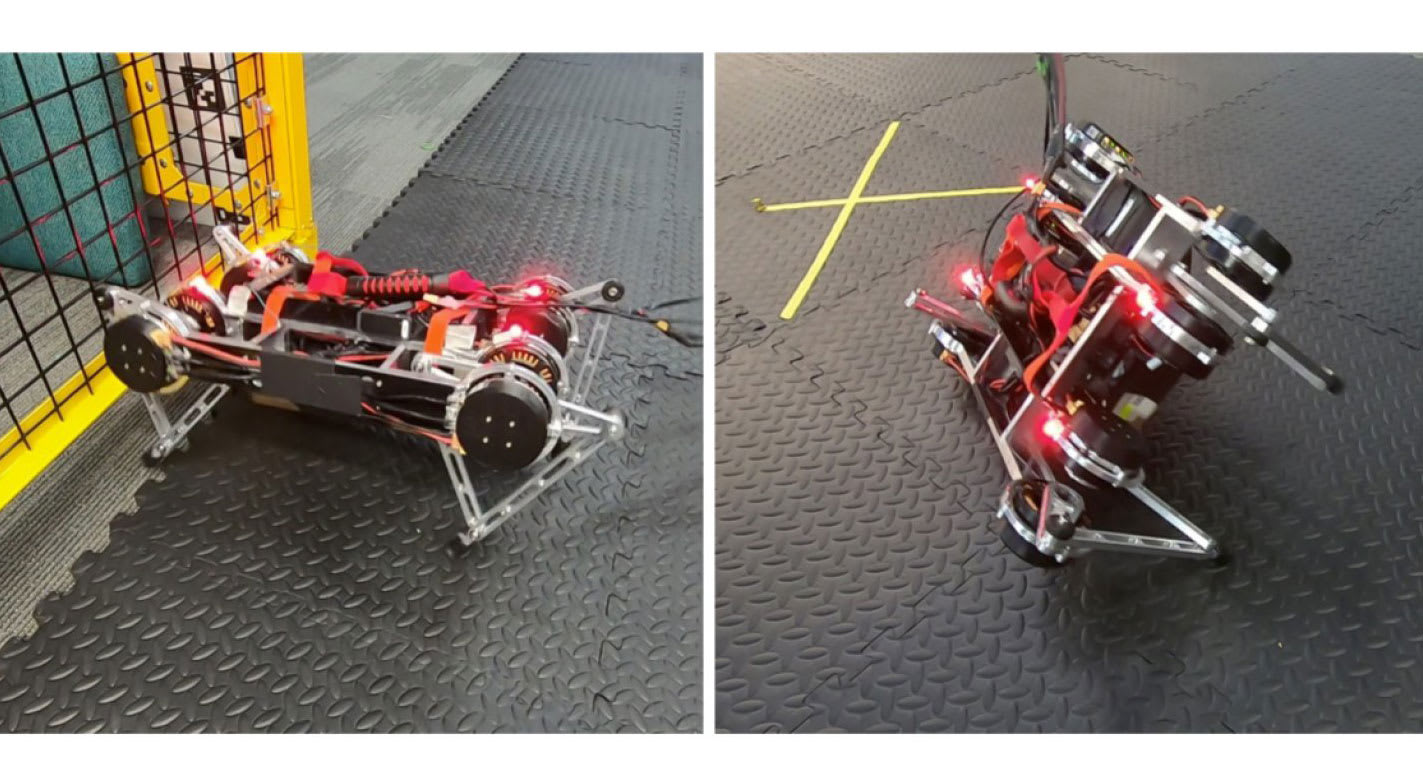 There's no question that robots will play an increasingly central role in our lives in the future, but to get to a stage where they can be genuinely useful there are still a number of challenges to be overcome -- including navigation without human in...
There's no question that robots will play an increasingly central role in our lives in the future, but to get to a stage where they can be genuinely useful there are still a number of challenges to be overcome -- including navigation without human in...
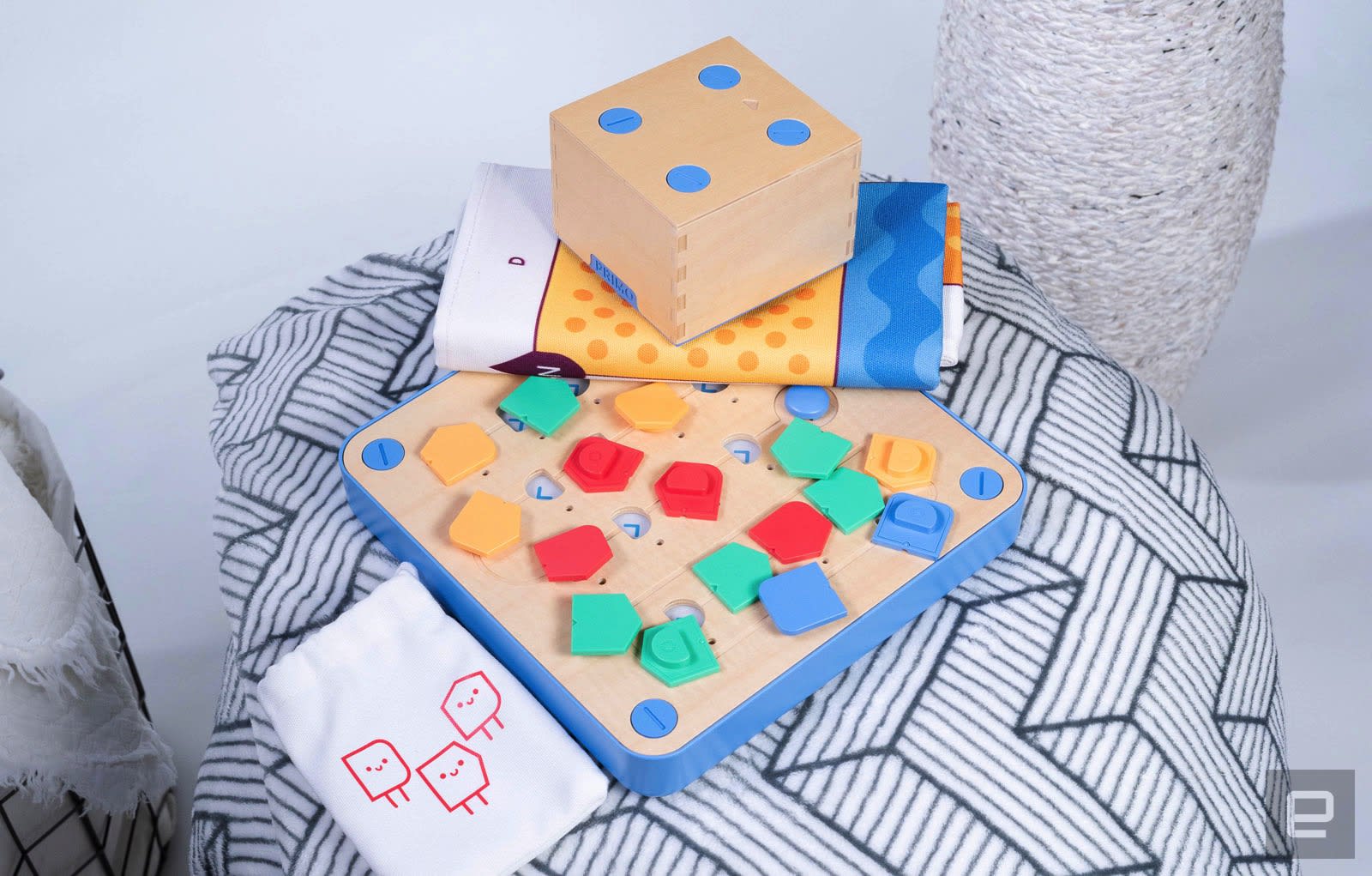 If you want to try to get your kid into coding as young as possible, then Cubetto is the best place to start. It's appropriate for children as young as three -- which is largely because it strips the concept of programming down to its absolute basics...
If you want to try to get your kid into coding as young as possible, then Cubetto is the best place to start. It's appropriate for children as young as three -- which is largely because it strips the concept of programming down to its absolute basics...